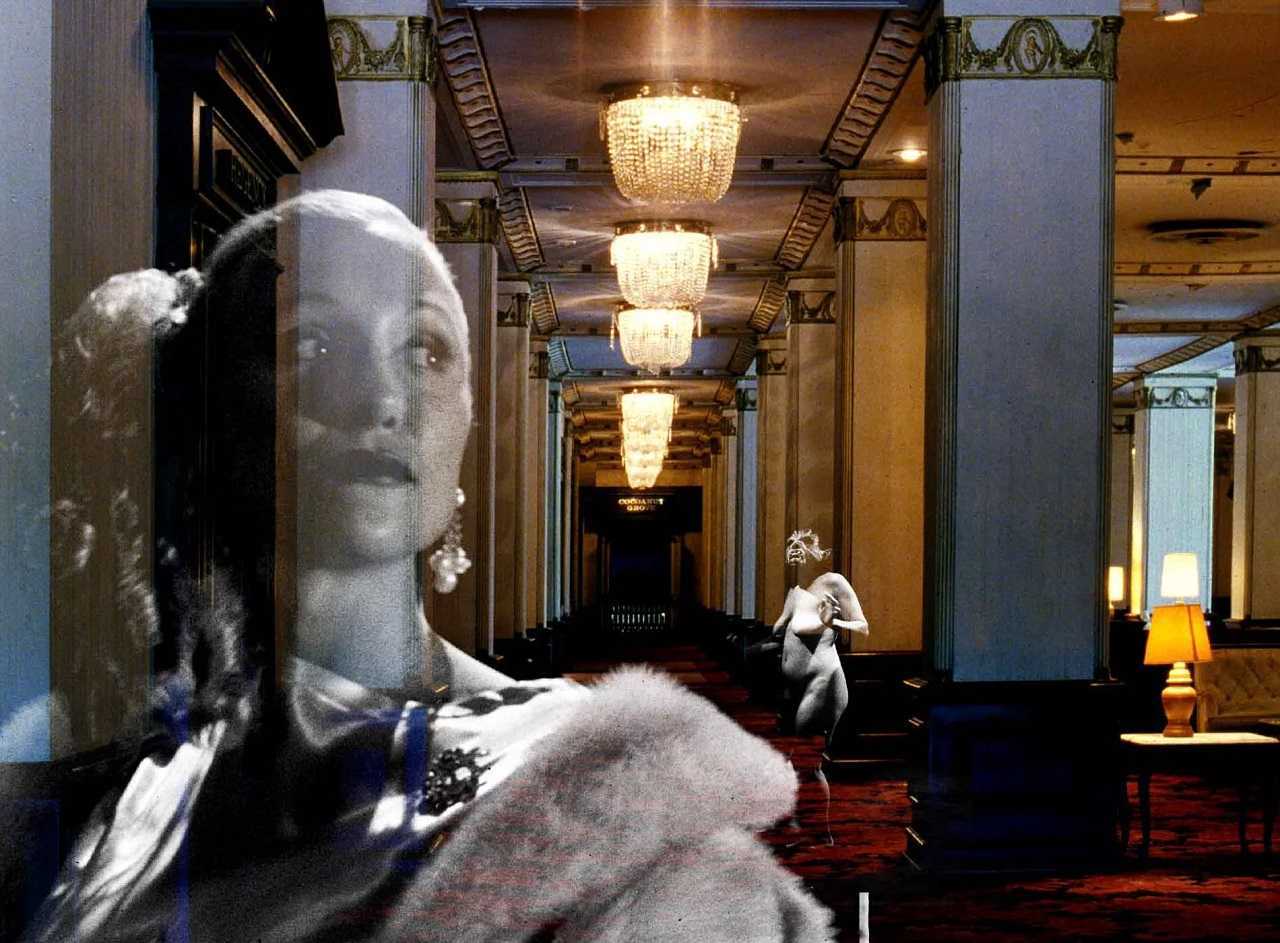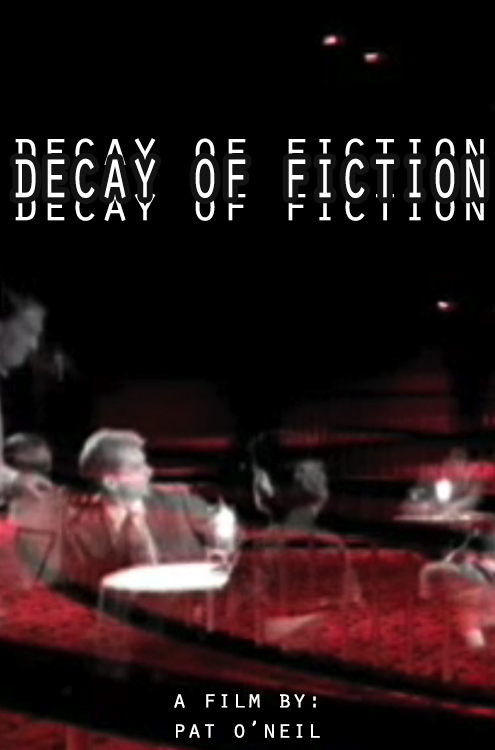USA. 2002.
Crew
Director/Screenplay – Pat O’Neill, Producers – Pat O’Neill & Rebecca Hartzell, Photography (colour + b&w) – George Lockwood, Rotoscope Animation – Nancy Oppenheimer. Production Company – Lookout Mountain Films.
Plot
In Hollywood’s disused Ambassador Hotel, the black-and-white ghosts of guests from past eras drift through the empty rooms.
Pat O’Neill has been an experimental filmmaker since the 1960s, with much of his work being short films that have screened in galleries and at exhibitions. All of O’Neill’s work centres around the post-production optical combination of filmed images. O’Neill became an Assistant Dean of Film and Video at the California Institute of the Arts and later formed a visual effects company Lookout Mountain Films where he has worked on mainstream films such as Piranha (1978) and Return of the Jedi (1983). After some eight shorts, O’Neill’s first feature film was Water and Power (1990), a non-narrative combination of time lapse photography, animation and narrated stories, all centred around the draining of a lake in the California desert for a hydro dam. This won a Grand Jury Prize at the Sundance Festival.
While the title suggests some erudite work of literary criticism, O’Neill’s central premise with The Decay of Fiction has been to shoot in and around the disused Ambassador Hotel in Los Angeles. As the end credits note, the Ambassador Hotel was used as a location for some 200 Hollywood films and most notoriously was the location where Bobby Kennedy was shot in 1968.
O’Neill has essentially taken numerous shots of the Ambassador’s now empty halls, courtyards, bars, ballrooms, swimming pools and so on. Over the top of these, he has painstakingly double-exposed footage of actors enacting vignettes from 1940s films, which are all shot in black-and-white. Occasionally modern movement intrudes but this has all been sped up like something out of Koyanaqaatsi (1981).
This surely makes the title then an ironic one – the effect is of the present as something ephemeral and passing and of the forgotten memories and ghosts of the hotel and the films that were shot there as holding a truth that lingers in time. Of course, the spectre of Stanley Kubrick’s The Shining (1980), with its empty hotel come to life with the sepia-toned ghosts of dead guests, casts a giant shadow over The Decay of Fiction. And over both of these before that stands the French New Wave classic Last Year in Marienbad (1961) with its hotel of people caught in frozen vignettes of the past.

The way O’Neill’s camera moves through dance studios, bars and hallways, watching empty restaurants fill up, the empty poolside with b/w bathers, people having snippets of conversations in their rooms, maids cleaning, even a naked woman preening throughout the hotel, has a quiet, haunting beauty to it. In terms of technical achievement – the layering of b/w footage over modern colour – Pat O’Neill’s effects are often stunning. Occasionally in the double exposures, the perspective is out and some people appear smaller than they should or turn into non-existent doorways, but The Decay of Fiction is an impressive achievement nonetheless.
On the minus side, the slow drift of 1940s double exposed characters is really all there is to the film. There is no plot whatsoever, not even any identifiable continuing characters, merely random snippets of scenes that feel like they have fallen in from a lost 1940s film. The result feels more like an installation project than a real film. Indeed, outside of limited festival exposure, The Decay of Fiction will probably gain almost no attention.
As much as the film actually goes anywhere, it gradually develops into a nightmare. Occasionally interspersed are surreal vignettes of naked people, stop-motion animated mannequin torsos, flickering film projections and dim lightbulbs. In the last few minutes, as a killing occurs, the surreal images break out into something akin to a carnivalesque nightmare filled with demon figures and frenziedly dancing nudes in satyr masks, all caught in a tumbling nightmare as though something dark underneath had finally been released.


